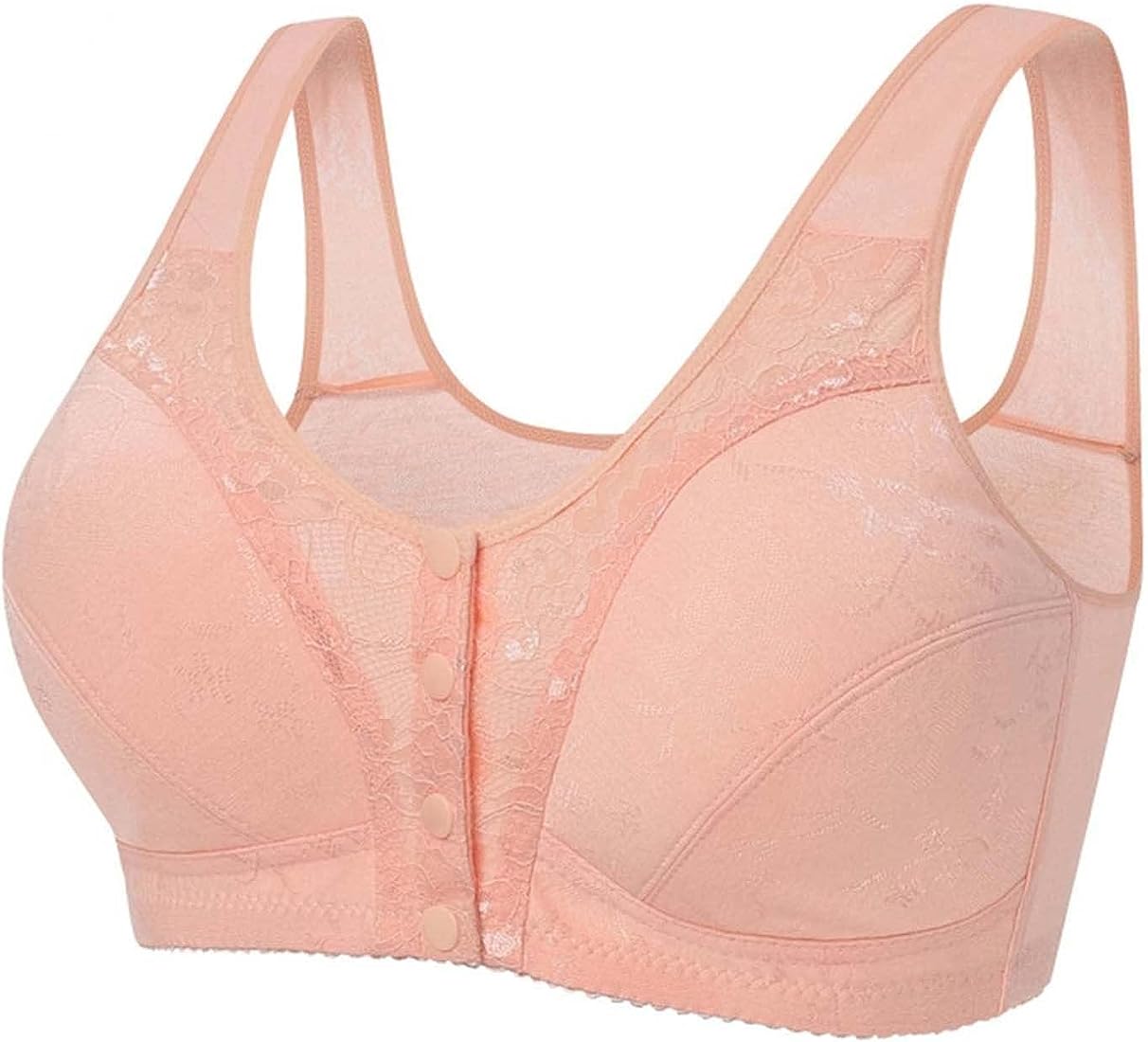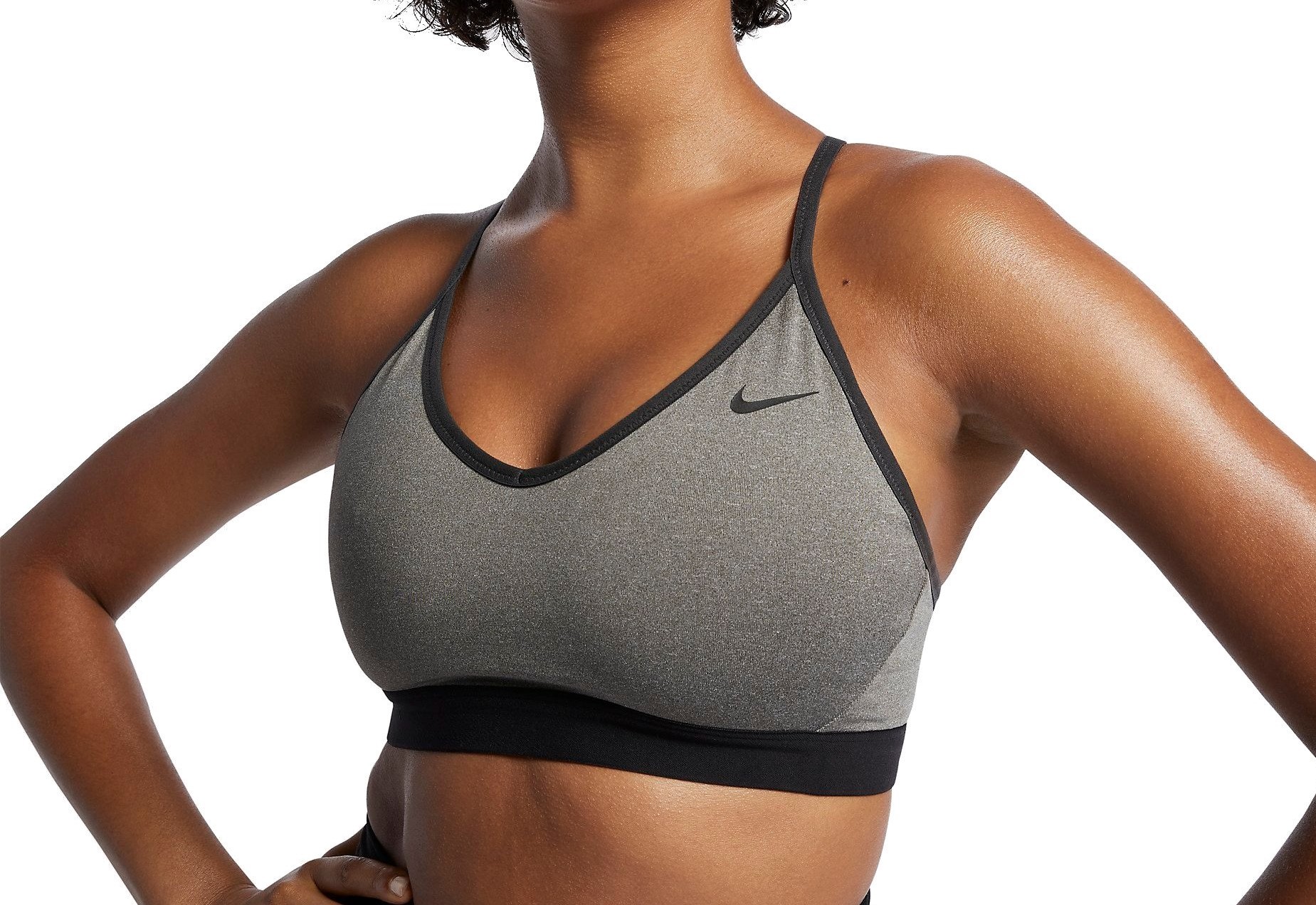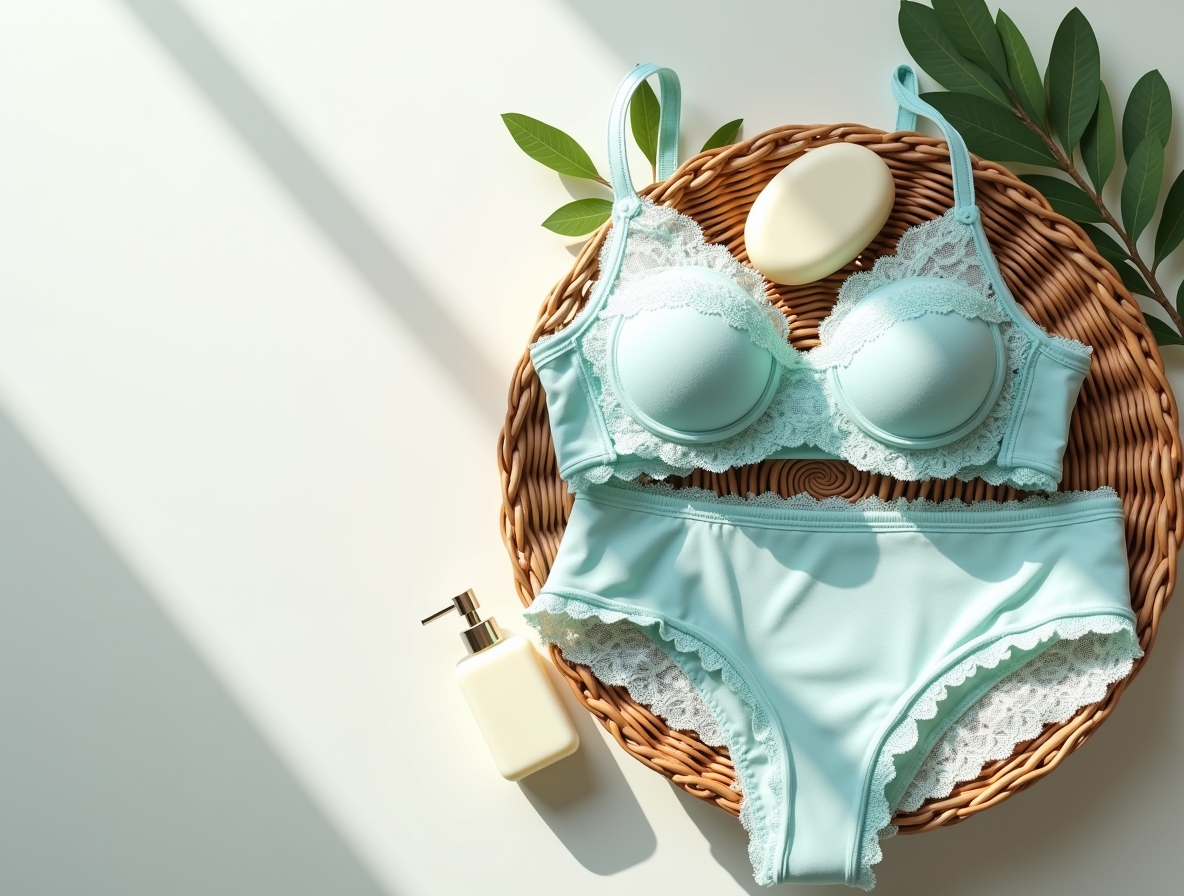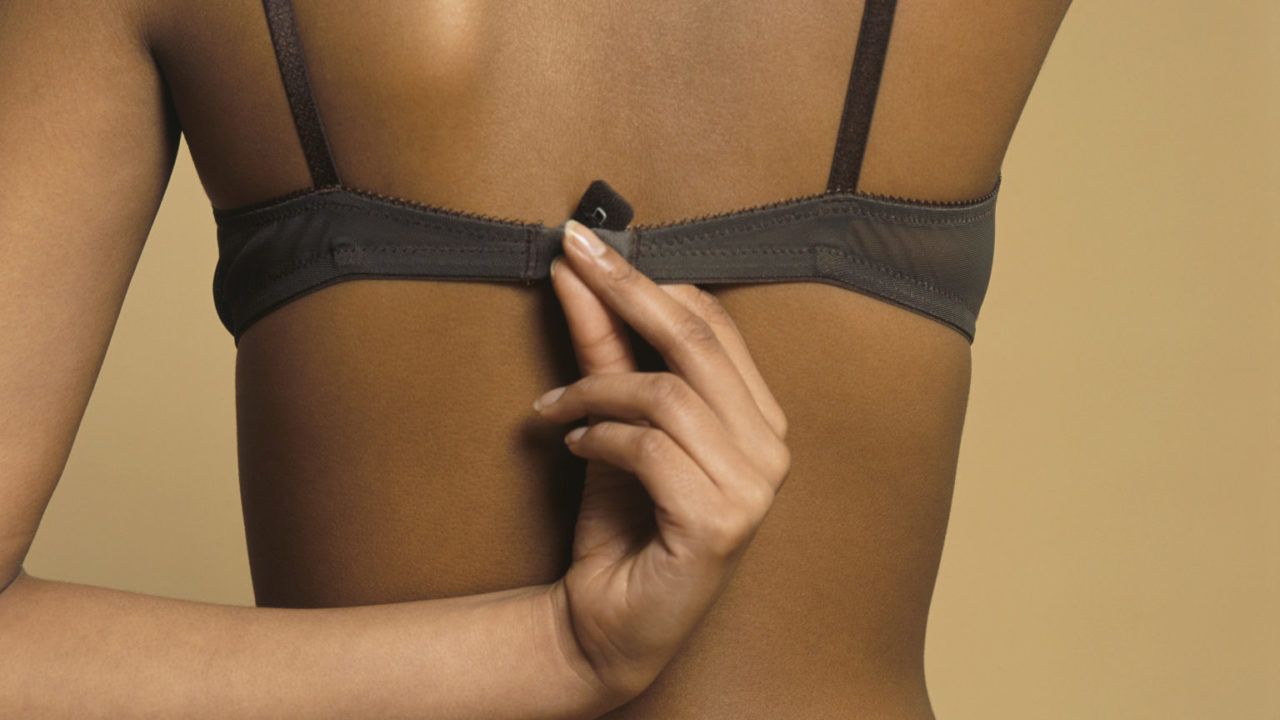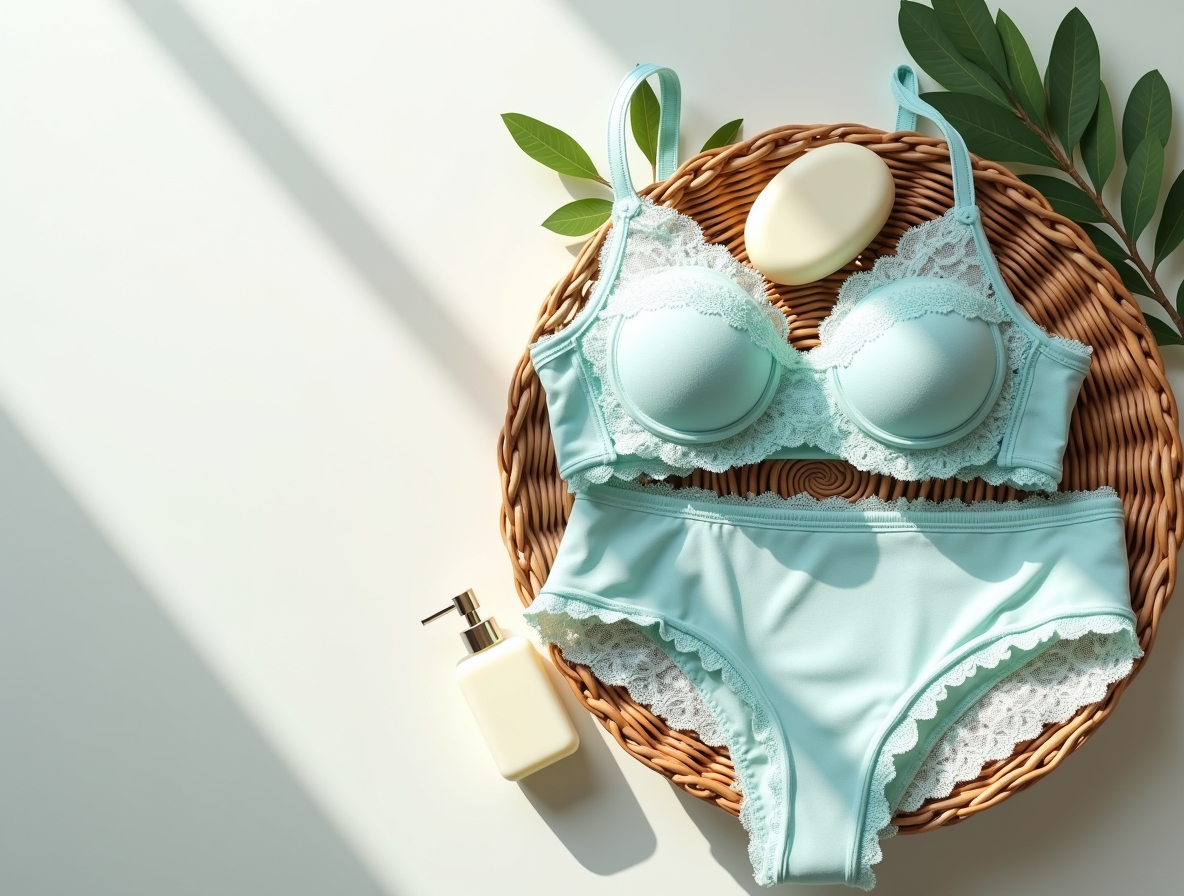Home>Women's Underwear>Bras>What Is The Average Bra Size For Women
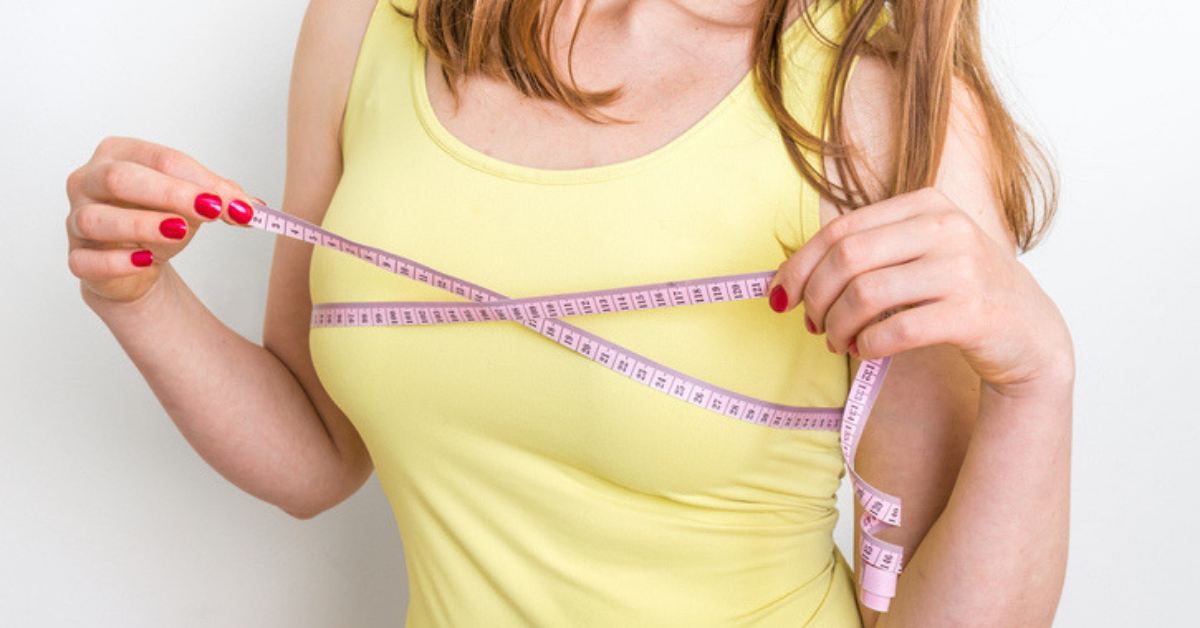

Bras
What Is The Average Bra Size For Women
Modified: August 2, 2023
Discover the average bra size for women and understand the importance of finding the right fit. Explore our wide range of bras for ultimate comfort and support.
(Many of the links in this article redirect to a specific reviewed product. Your purchase of these products through affiliate links helps to generate commission for Under-tec.com, at no extra cost. Learn more)
Table of Contents
Introduction
For women, bras are an essential undergarment that provides support, comfort, and confidence throughout the day. But have you ever wondered what the average bra size for women is? It’s a common question that often sparks curiosity and discussion. While there is no definitive answer as bra sizes vary greatly from person to person, we can explore the factors that influence bra size and gain some insights into the average sizes in different countries.
It’s important to note that bra size is not an indication of attractiveness or femininity. It is simply a numerical representation of the band (rib cage) size and the cup size. Understanding your correct bra size is crucial for a comfortable fit and optimal support. Ill-fitting bras can lead to discomfort, chafing, and even long-term health issues such as back pain.
Several factors affect a woman’s bra size, including genetics, hormones, weight fluctuations, pregnancy, and breastfeeding. These factors can cause changes in breast tissue, resulting in fluctuations in size and shape. It’s essential to measure your bra size regularly to ensure the bras you wear provide the right level of support.
Measuring your bra size accurately is key to finding the perfect fit. Many women are unaware that they may be wearing the wrong size, which can lead to discomfort and inadequate support. By understanding how to measure bra size correctly, you can ensure that you are wearing a bra that supports and enhances your natural shape.
However, there are common misconceptions and myths surrounding bra sizes. One of the most widespread misconceptions is that smaller band sizes indicate smaller breasts and larger band sizes mean larger breasts. This is not true. Bra sizes are relative, and a woman with a smaller band size may have a larger cup size, while a woman with a larger band size may have a smaller cup size. It’s crucial to focus on finding the right combination of band and cup size that fits your unique body shape.
Factors Affecting Bra Size
Many factors play a role in determining a woman’s bra size. These factors can lead to changes in breast size and shape, influencing the fit of a bra. Understanding these factors can help you choose the right bra size and ensure optimal comfort and support.
1. Genetics: The size and shape of your breasts are largely determined by your genetics. Family history can play a significant role in determining your breast size. If your mother or grandmothers have larger or smaller breasts, you are more likely to have a similar size.
2. Hormonal Changes: Hormonal fluctuations during puberty, the menstrual cycle, pregnancy, and menopause can affect breast size. Many women experience temporary breast enlargement and tenderness during their menstrual cycle due to increased estrogen levels. Similarly, during pregnancy and breastfeeding, breasts may increase in size due to hormonal changes and milk production.
3. Weight Fluctuations: Weight gain or loss can contribute to changes in breast size. When you gain weight, fat deposits can accumulate in the breast tissue, leading to an increase in size. Conversely, weight loss can result in a decrease in breast size as fat is lost from the breasts.
4. Pregnancy and Breastfeeding: Pregnancy and breastfeeding cause significant changes in the breasts. During pregnancy, the breasts prepare for milk production, leading to an increase in size. After childbirth, the breasts continue to change as they produce and store milk. Once breastfeeding ends, the breasts may return to their pre-pregnancy size, but some changes may be permanent.
5. Age: As we age, our breasts undergo natural changes. The elasticity and firmness of breast tissue decrease, resulting in a loss of volume and sagging. These changes can influence the size and shape of the breasts, and therefore, the bra size.
It’s important to note that each woman’s body is unique, and these factors can affect bra size differently for each individual. Regularly assessing and measuring your bra size can help you identify any changes and ensure you are wearing the most comfortable and supportive bras.
Measuring Bra Size
Properly measuring your bra size is essential for finding a bra that fits comfortably and provides optimal support. Contrary to popular belief, the process is relatively straightforward. Here are a few steps to help you measure your bra size accurately:
- Measure your band size: Start by wrapping a tape measure snugly around your ribcage, just below your breasts. Make sure the tape measure is level all the way around and parallel to the floor. Take note of the measurement in inches or centimeters. If the measurement is an odd number, round it up to the nearest even number to determine your band size.
- Determine your cup size: To measure your cup size, wrap the tape measure around the fullest part of your breasts, making sure it is parallel to the floor. Note down this measurement.
- Calculate your cup size: Subtract your band size measurement from your bust measurement. The difference between the two measurements corresponds to your cup size. Each inch or centimeter represents a different cup size. For example, a 1-inch difference may indicate an A cup, while a 2-inch difference may indicate a B cup, and so on.
- Trial and error: It’s important to remember that measuring is just the starting point. Different bra styles and brands may fit differently, so it’s essential to try on different sizes and styles to find the one that feels most comfortable and supportive for you.
Remember, measuring your bra size is not a one-time task. Factors such as weight changes, hormonal fluctuations, pregnancy, and aging can all impact your bra size. It’s recommended to measure your bra size at least once a year or whenever you feel there has been a significant change in your body.
If you prefer, you can also visit a professional bra fitter for assistance. They have experience in accurately measuring and fitting bras and can offer personalized recommendations based on your unique body shape and preferences.
By knowing your accurate bra size, you can confidently shop for bras that provide the right level of support and comfort, ensuring you feel confident and at ease throughout the day.
Common Misconceptions
When it comes to bra sizes, there are several common misconceptions that pervade our understanding. These misconceptions can lead to confusion and misinformation. Let’s debunk some of the most prevalent misconceptions:
- Bigger band size means bigger breasts: This is a widespread misconception. The band size indicates the measurement around your rib cage while the cup size represents the volume of the breasts. A larger band size does not necessarily mean larger breasts. The cup size, in conjunction with the band size, determines the overall bra size.
- Sister sizing: Another misconception is the notion of sister sizing. Sister sizing refers to finding a bra with a different band size and cup size that still provides a similar fit. For instance, if you find that your band is too tight, you can try a sister size with a larger band and a smaller cup. However, sister sizing may not always result in the same level of support and fit, so it’s best to try on different sizes to find the one that suits you best.
- One-size-fits-all: Bras are not one-size-fits-all garments. Each individual has a unique body shape and size. What works for someone may not work for another. It’s important to find a bra that is specifically designed for your body, taking into account your band size, cup size, and breast shape.
- All bras fit the same: Different styles and brands of bras can fit differently. Some may offer more support, while others may provide more comfort. It’s essential to try on various styles and sizes to find the one that suits your preferences and needs.
Understanding these misconceptions can help you navigate the world of bras with confidence and make informed choices when it comes to selecting the right size and style. Remember, your comfort and support should be the ultimate priority, so don’t be afraid to experiment and explore different options until you find the perfect fit.
Average Bra Size by Country
Bra sizes can vary significantly by country due to differences in genetics, body types, and cultural factors. While it is challenging to pinpoint an exact average bra size for each country, there are some general trends that have been observed. It’s important to note that these figures are based on estimates and may vary from study to study.
In countries such as the United States and Canada, the average bra size tends to range from 34D to 34DD. The United Kingdom follows closely behind, with an average size of 36DD. In European countries like France, Germany, and Italy, the average bra size tends to be smaller, typically ranging from 32B to 34C.
On the other hand, countries in Central and South America, such as Brazil and Colombia, have been found to have larger average bra sizes, often ranging from 36C to 36D. In Asian countries like Japan and South Korea, where smaller body frames are more common, the average bra size tends to be smaller, typically around 34B to 34C.
It’s essential to remember that these are just averages and do not define or categorize individuals. Every woman is unique and will have her own specific bra size. It’s always recommended to measure your own bra size to ensure the best fit and comfort.
Cultural factors can also influence the perceived importance of bra size. In some countries, a larger bust may be considered more desirable, while in others, smaller sizes may be preferred. However, it’s crucial to emphasize that beauty and femininity come in all shapes and sizes, and there is no ideal or “normal” bra size.
Overall, it’s essential to focus on finding a bra that fits well and provides the right level of support and comfort, regardless of the average bra size in your country. Your bra size is unique to you, and wearing a well-fitting bra can boost your confidence and enhance your overall well-being.
Factors Influencing Changes in Bra Size
A woman’s bra size is not static and can change over time due to various factors. Understanding these factors can help you navigate the changes and ensure you’re wearing a bra that provides the right level of support and comfort. Here are some common factors that can influence changes in bra size:
- Weight Fluctuations: Changes in weight, whether due to weight gain or weight loss, can significantly impact breast size. When you gain weight, the breasts can accumulate more fat and increase in size. Conversely, weight loss can lead to a reduction in breast size as fat is lost from the breasts.
- Pregnancy and Breastfeeding: Pregnancy and breastfeeding cause significant changes in breast size. During pregnancy, the breasts prepare for milk production and can increase in size. After childbirth, the breasts continue to change as they produce and store milk. Once breastfeeding ends, the breasts may return to their pre-pregnancy size, although some changes may be permanent.
- Hormonal Changes: Hormonal fluctuations throughout a woman’s life can impact breast size. During puberty, the increase in estrogen levels can cause breast development and an increase in size. Similarly, hormonal changes during the menstrual cycle can lead to temporary changes in breast size, including tenderness and swelling. Hormonal changes during menopause can also result in changes in breast tissue and size.
- Aging: As we age, the elasticity and firmness of breast tissue decrease, which can lead to changes in breast size and shape. Breasts may lose volume and sag with age, resulting in a decrease in size.
- Medical Conditions: Certain medical conditions can affect breast size. For example, conditions like polycystic ovary syndrome (PCOS) and hormone imbalances can lead to changes in breast size. Breast cancer treatments such as surgery and radiation therapy can also cause changes in breast size.
It’s important to regularly assess your bra size and make adjustments if you experience significant changes. This will ensure that you are wearing a bra that provides the necessary support and comfort for your current breast size and shape. Remember, finding the right bra size is an ongoing process, and it’s worth investing time and effort to ensure you feel confident and comfortable in your bras.
Tips for Finding the Right Bra Size
Finding the right bra size is crucial for comfort, support, and overall well-being. Here are some helpful tips to guide you in finding the perfect fit:
- Measure yourself regularly: Measure your bra size regularly, especially if you notice any changes in weight, hormones, or pregnancy. Use a soft measuring tape and follow a reliable sizing guide to measure your band size and cup size accurately.
- Try different sizes and styles: Don’t be afraid to try on different sizes and styles to find the one that fits you best. Different brands and styles may have slight variations in sizing, so experiment with different options until you find your ideal fit.
- Check the band: The band of your bra should fit snugly, providing the majority of support. Make sure the band is level all the way around and doesn’t ride up or dig into your skin. If the band is too loose, try going down a band size. If it’s too tight, consider going up a band size.
- Assess the cup size: The cups should fully enclose your breasts without gaps or spillage. If the cups are too small, consider going up a cup size. If they’re too large, try going down a cup size.
- Consider different styles: Different bra styles are designed for different purposes. For example, a sports bra provides support during physical activities, while a push-up bra enhances cleavage. Consider your specific needs and choose a style that suits your preferences and lifestyle.
- Pay attention to comfort: A well-fitting bra should be comfortable to wear all day long. Look for features like adjustable straps, a breathable fabric, and a secure closure. Avoid bras that pinch, chafe, or cause discomfort.
- Get a professional fitting: If you are unsure about your bra size or find it challenging to find the right fit, consider getting a professional bra fitting. Many lingerie stores offer fitting services, where an expert can measure you and provide personalized recommendations.
- Listen to your body: Ultimately, listen to your body. If a bra feels uncomfortable or unsupportive, it’s probably not the right fit. Trust your instincts and prioritize your comfort and well-being.
Finding the right bra size may take some time and experimentation, but the effort is worth it for the comfort and support it provides. Remember, your bra size may change throughout your life, so regularly assess your size and make adjustments as needed. The right bra size can make a world of difference in how you look and feel, boosting your confidence and allowing you to move through your day with ease.
Conclusion
Understanding and finding the right bra size is essential for every woman. It not only ensures comfort and proper support but also boosts confidence and enhances overall well-being. Bra sizes vary from person to person due to factors such as genetics, hormones, weight fluctuations, and pregnancy.
By measuring your bra size accurately and regularly, you can ensure a comfortable and supportive fit. It’s important to debunk common misconceptions surrounding bra sizes, such as assuming larger band sizes mean larger breasts or believing that all bras fit the same. Every woman has a unique body shape and size, so it’s important to find a bra that suits your individual needs and preferences.
Average bra sizes can vary by country due to factors like genetics, body types, and cultural influences. However, it’s important to remember that beauty and femininity come in all shapes and sizes, and there is no “normal” or ideal bra size.
Factors like weight fluctuations, pregnancy, hormonal changes, aging, and medical conditions can influence changes in bra size throughout a woman’s life. It’s crucial to regularly assess your size and make adjustments as needed to ensure optimal comfort and support.
When it comes to finding the right bra size, try on different sizes and styles, pay attention to the band and cup fit, prioritize comfort, and consider seeking professional bra fitting advice if needed. Trust your instincts and listen to your body to find a bra that makes you feel confident, comfortable, and supported.
Remember, your bra size is just a number—it doesn’t define your beauty or femininity. Embrace your unique body shape, celebrate your curves, and wear a bra that makes you feel empowered and comfortable in your own skin.
